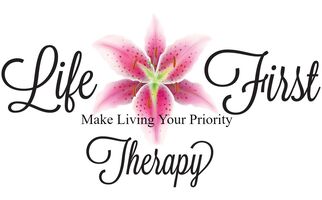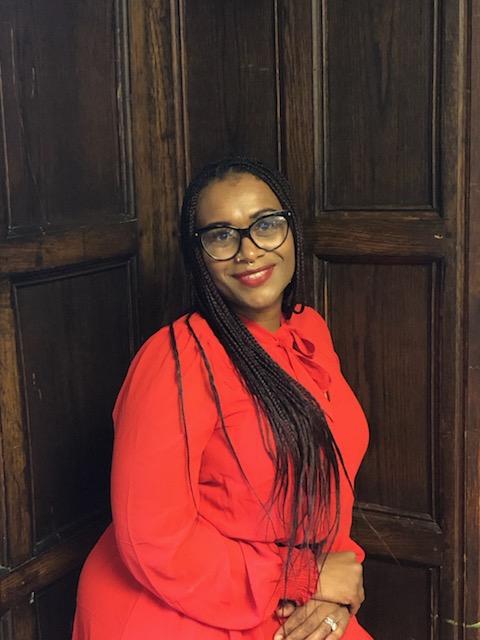 The term drug is used to describe all mood-altering substances including alcohol and other sedative-hypnotics, opioids, stimulants and psychedelic drugs. Thinking and talking about cravings for alcohol and other drugs can make some people crave them more. However, thinking and dreaming about alcohol and other drugs is a natural part of recovery. Learning how to stop these thoughts and turning them into cravings can help prevent a person from resuming use. Education about substance use is important. Learning how resume of use occurs, how to prevent it and identify signs that lead up to it, people can prevent returning back to using. People, places and things are connected to the use of alcohol or other drugs. Triggers are feelings and experiences tied to people, places and things that are associated with drinking or drug use. To help identify your triggers, do the following:
To help identify internal, external and sensory triggers, do the following:
To help deal with triggers, do the following:
Developing skills and tools in recovery is vital as sobriety is an ongoing process. Therapy and self-help meetings can help you develop a new set of important skills that will help with stopping triggers from leading to relapse.
0 Comments
Leave a Reply. |
Archives
February 2021
About MeI am a loving and perceptive therapist. I helps professional women of color! I work collaboratively with my clients to build their self-confidence. We identify tools that are needed to build a career and live a life worth living! I listen quietly and attentively remembering details to tell truths that need to be spoken. Let's Connect |
|
CONTACT ME
Phone: 267-598-LIFE (5433) Email: [email protected] Mailing Address 2031 66th Ave, #14176 Philadelphia, PA 19138 |
If you are in a crisis, online therapy is not the best option for you.
Call the National Suicide Prevention Lifeline 1-800-273-8255 or text "988" |
Disclaimer: Please note, the information offered on this website is not, nor is it intended to be, therapy or psychological advice, nor does it constitute a client/therapist relationship. Please consult a physician for individual advice regarding your own personal health and well-being. Thank you.
© 2017-2024 Life First Therapy | ALL RIGHTS RESERVED.
© 2017-2024 Life First Therapy | ALL RIGHTS RESERVED.

 RSS Feed
RSS Feed
